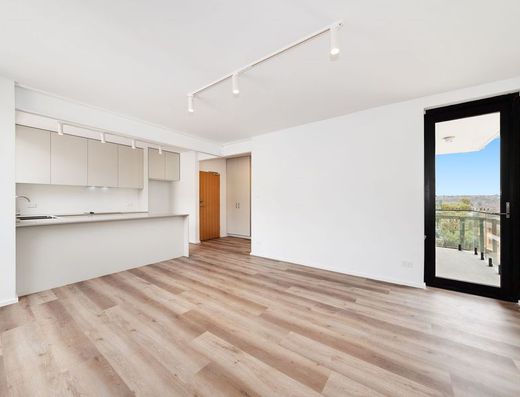How To Remove Household Mould
As the colder season approaches, it's important to monitor damp areas around your home for household mould. If mould is not removed, it can become toxic and cause health problems for tenants.
Regular vacuuming, dusting and cleaning in kitchens and bathrooms can help prevent mould. The earlier you find and remove mould, the easier it is to keep it under control. It’s much harder to remove mould once it takes hold.
1. Never dry brush a mouldy area or item of clothing as this can release spores into the air that spread the mould further and can cause an allergic reaction in some people.
2. High-priced specialty mould removers can contain chlorines and bleaches, which are hazardous if used improperly. They may also only bleach the mould instead of killing it, which means the problem will keep recurring.
3. Use a microfibre cloth and a mild detergent to remove mould from walls, floors, and tiles. After wiping off the mould, ensure you dry the area thoroughly.
4. Mould can also be killed with white vinegar. If cleaning with detergent doesn’t work, it’s possible to remove the mould using diluted vinegar and a microfibre cloth.
5. If mould cannot be removed using the vinegar method, cleaning with diluted bleach or a commercial product may be required. Ensure that your skin, eyes, and clothes are protected from chemicals, and always ensure there is plenty of fresh air in the area by opening a window and turning on exhaust fans. Pay attention to the instructions on the packaging of the products you use.
Finally, If a room needs professional treatment to get rid of mould from walls and carpeting or needs to be repainted, please contact your property manager.





